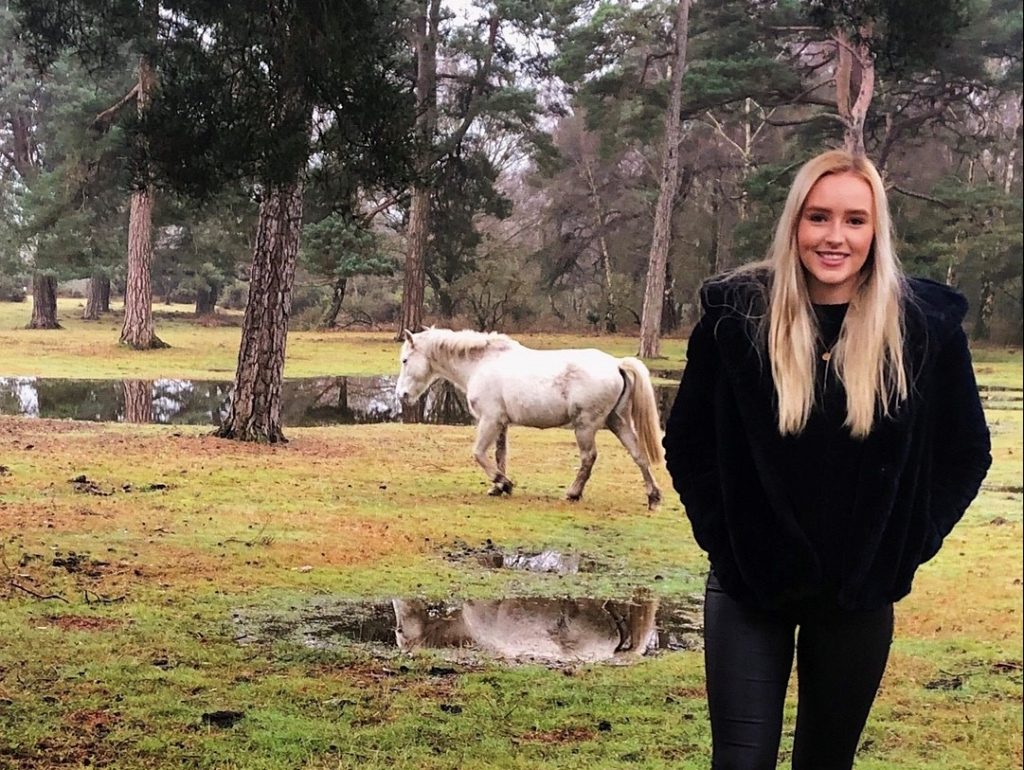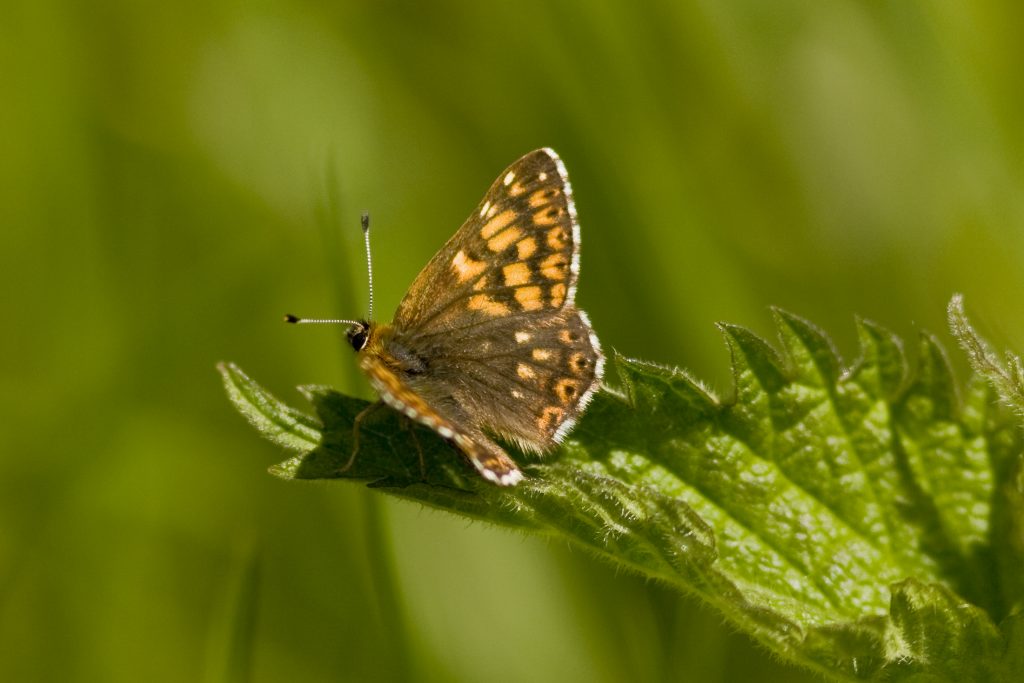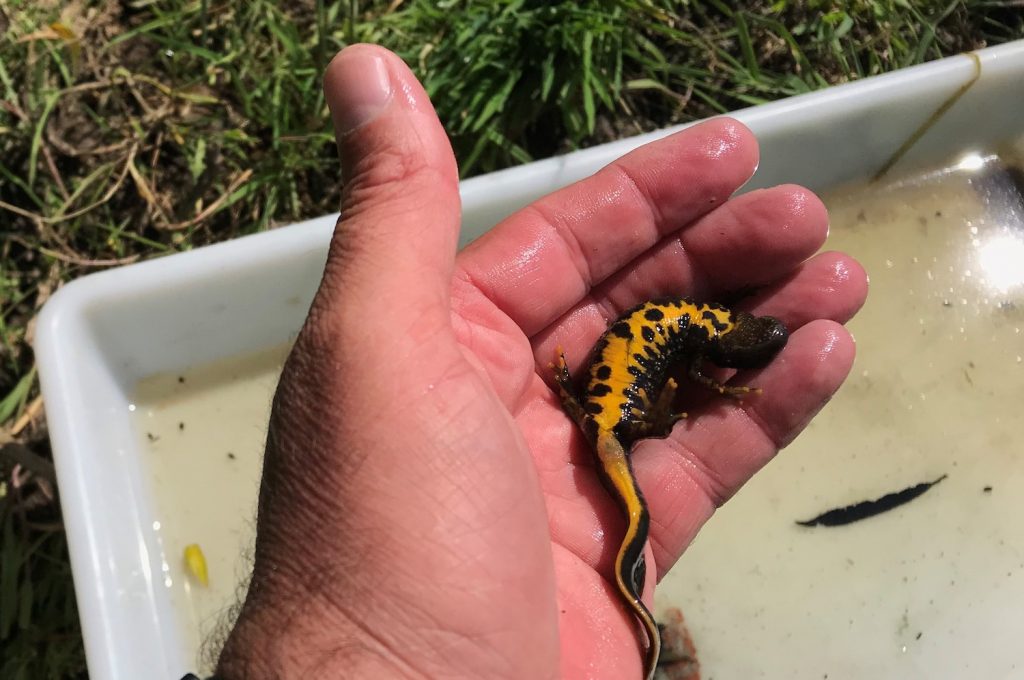
I’m relatively new within the conservation groups and sanctuary team based down at Westdown Camp. My role focuses on working on the MOD’s sanctuary magazine and providing support to Conservation Groups. I do this by attending conservation group meetings twice a year where groups advise on what work they would like to carry out on environmental projects and report on progress. I also encourage organisations to become members of groups and help provide funding for equipment that supports projects.
There are over 125 MOD Conservation Groups supporting environmental projects across the Defence estate throughout the UK and overseas. Conservation Groups bring together site and specialist staff, contractors, tenants, non-government organisations and other experts in fields such as ecology, geology and archaeology, most of whom are volunteers. They are widely encouraged to be established across MOD organisations and are a mandatory requirement where there are nationally protected sites such as Sites of Special Scientific Interest (SSSIs).
The MOD estate covers one percent of the total UK land area and is therefore important for wildlife and nature conservation. The main use of MOD land is for military training and the MOD has a statutory obligation under UK and international law to manage the estate for the benefit of nature conservation and archaeology. Our conservation groups are important in helping us fulfil this obligation by supporting environmental initiatives occurring across the Defence estate.
There are a wide range of important projects that have been supported by conservation groups. On the Salisbury Plain Training Area, we have two rare declining butterflies, the Duke of Burgundy and Chalkhill Blue. As lockdown restrictions have been lifted, members are out surveying areas where the butterflies were last seen to check if they are still present. The survey results will help to inform Natural England and our ecologists of future management we undertake to protect these species.


The Bulford Kiwi has recently become a scheduled monument, which means it is recognised as a nationally important archaeological site and is now protected from destruction or change. The kiwi was recently rechalked for the first time in 30 years! The chalk was spread by local conservation group volunteers and is a great example of how they work with DIO to protect and maintain historic sites throughout the estate.
![Aerial image of volunteers spreading chalk on Bulford Kiwi [Crown copyright, MOD 2018]](https://insideDIO.blog.gov.uk/wp-content/uploads/sites/29/2018/07/ODI-20180629-463-012-1024x482.jpg)
2 comments
Comment by Rob Barker posted on
I'm sorry but shouldn't that be Great Crested Newts?
Comment by N. J. Caswell posted on
Is it true the MOD have just granted 11 licences to hunt on MOD properties, if so is this not against environmental protection. Let nature balance the ecosystem without human interference, surely this is the way forward?